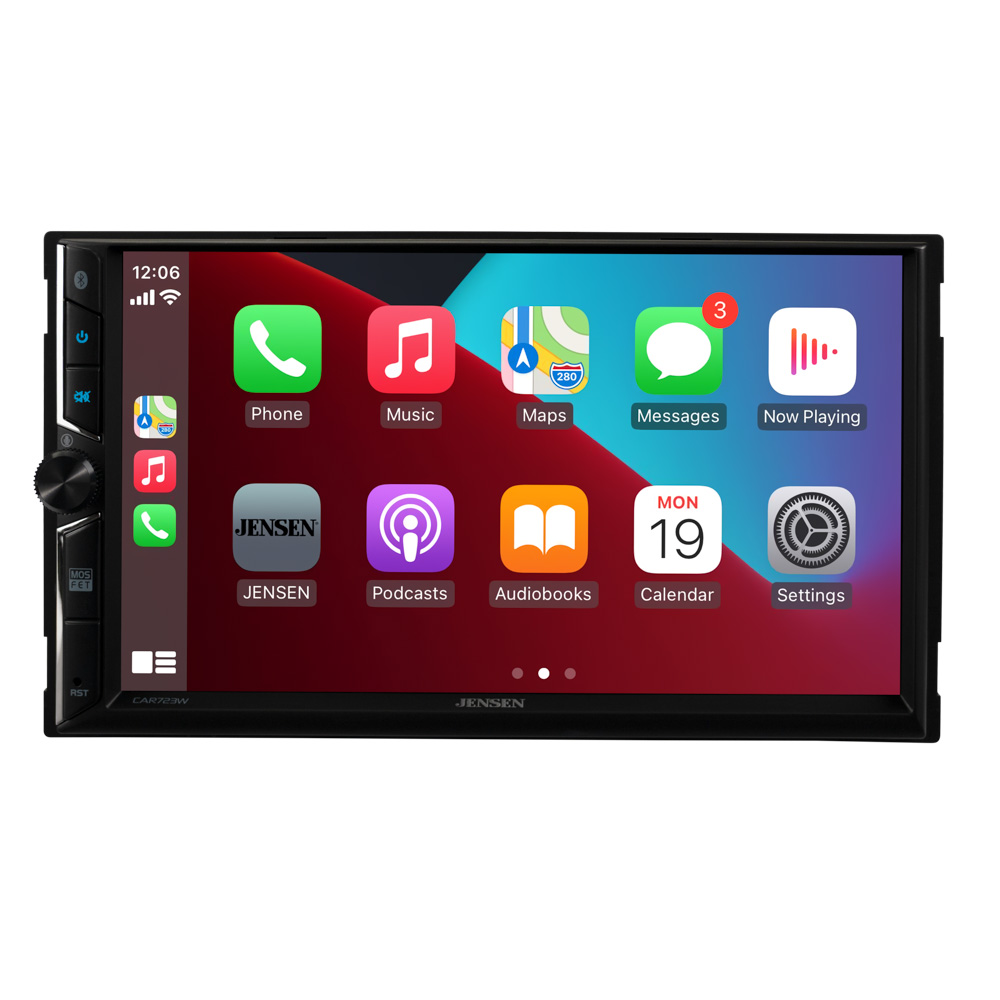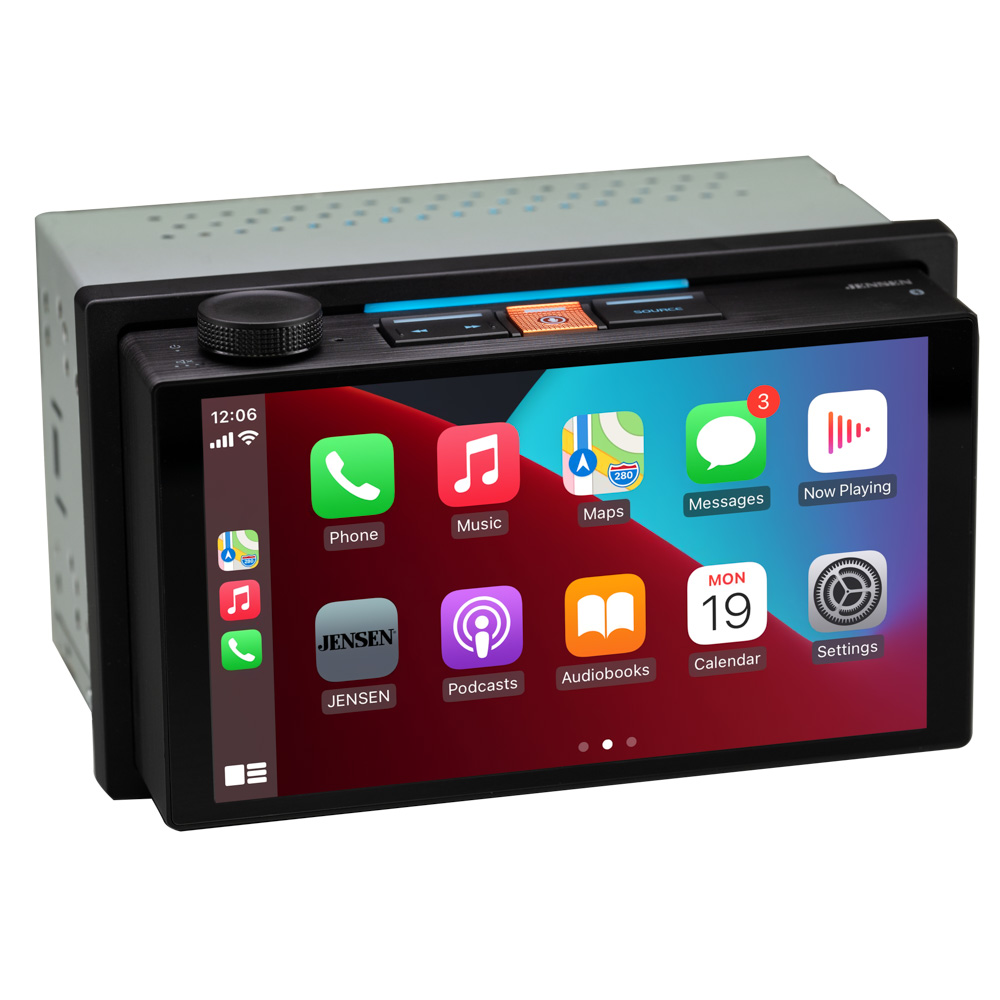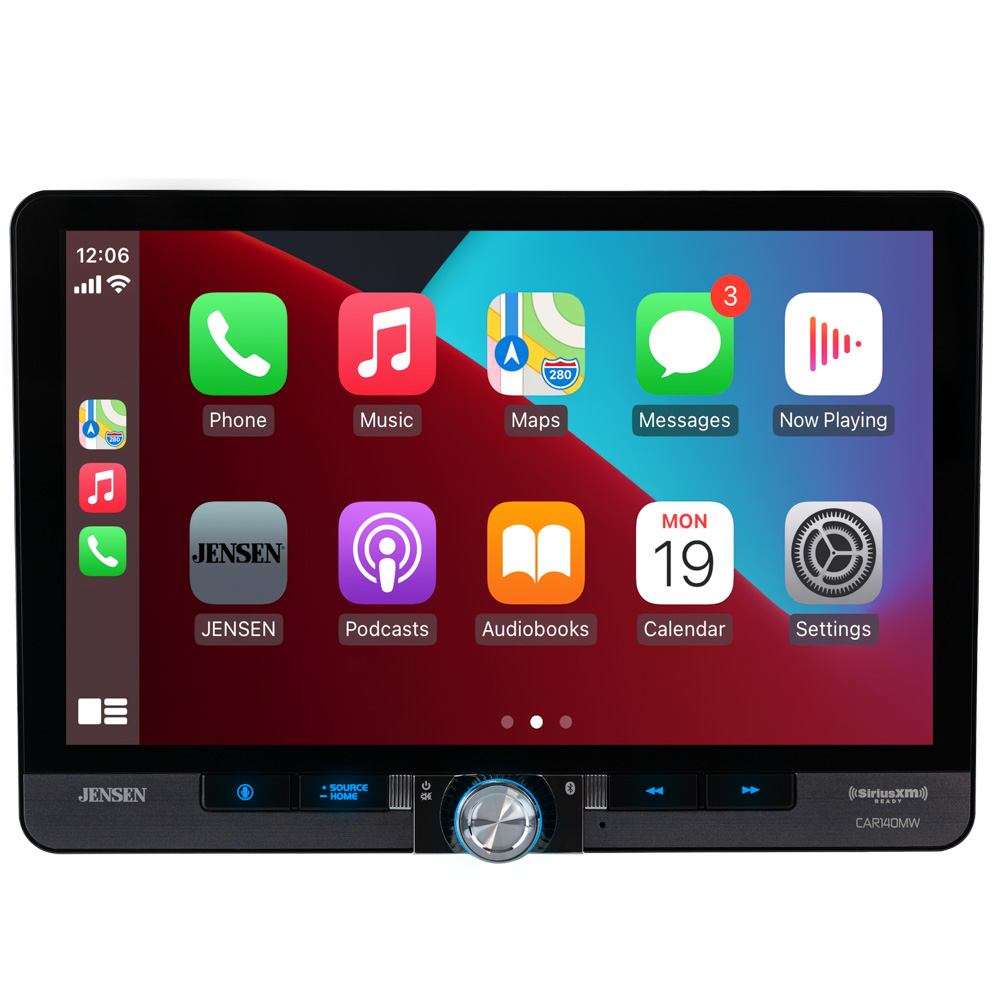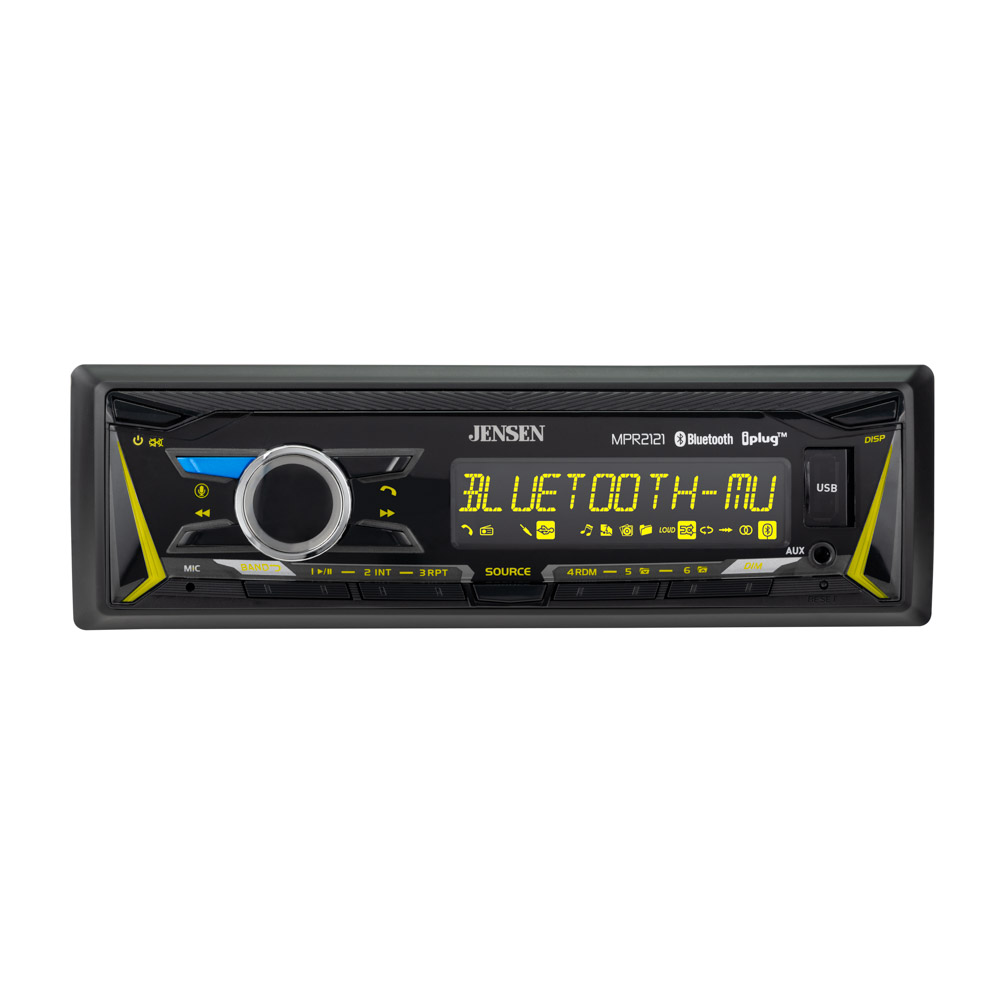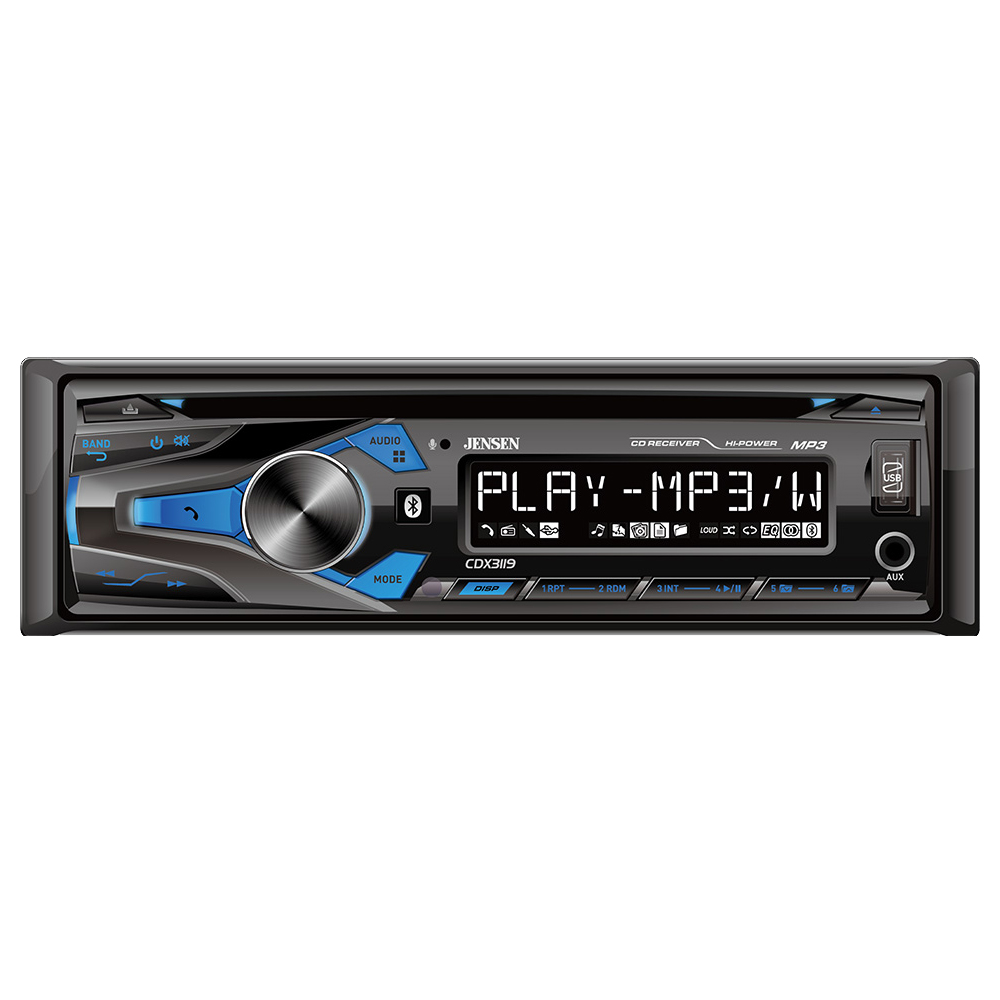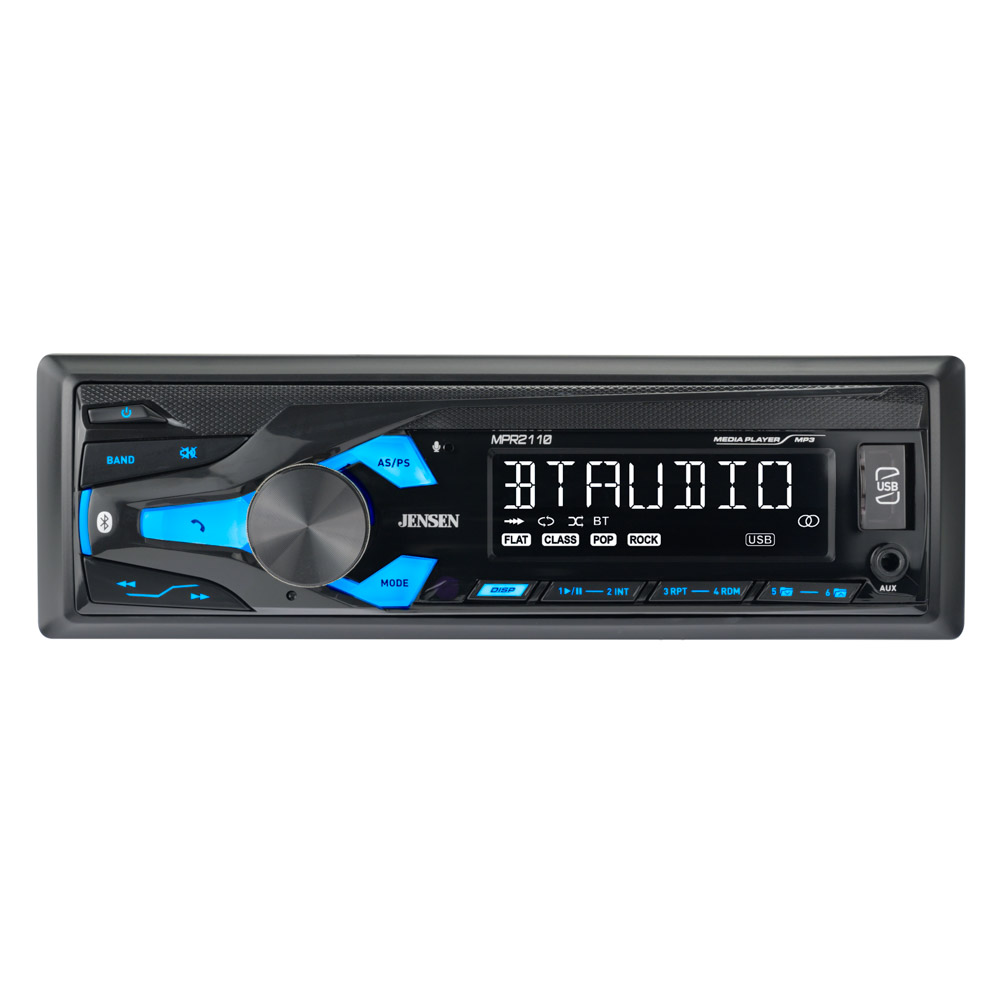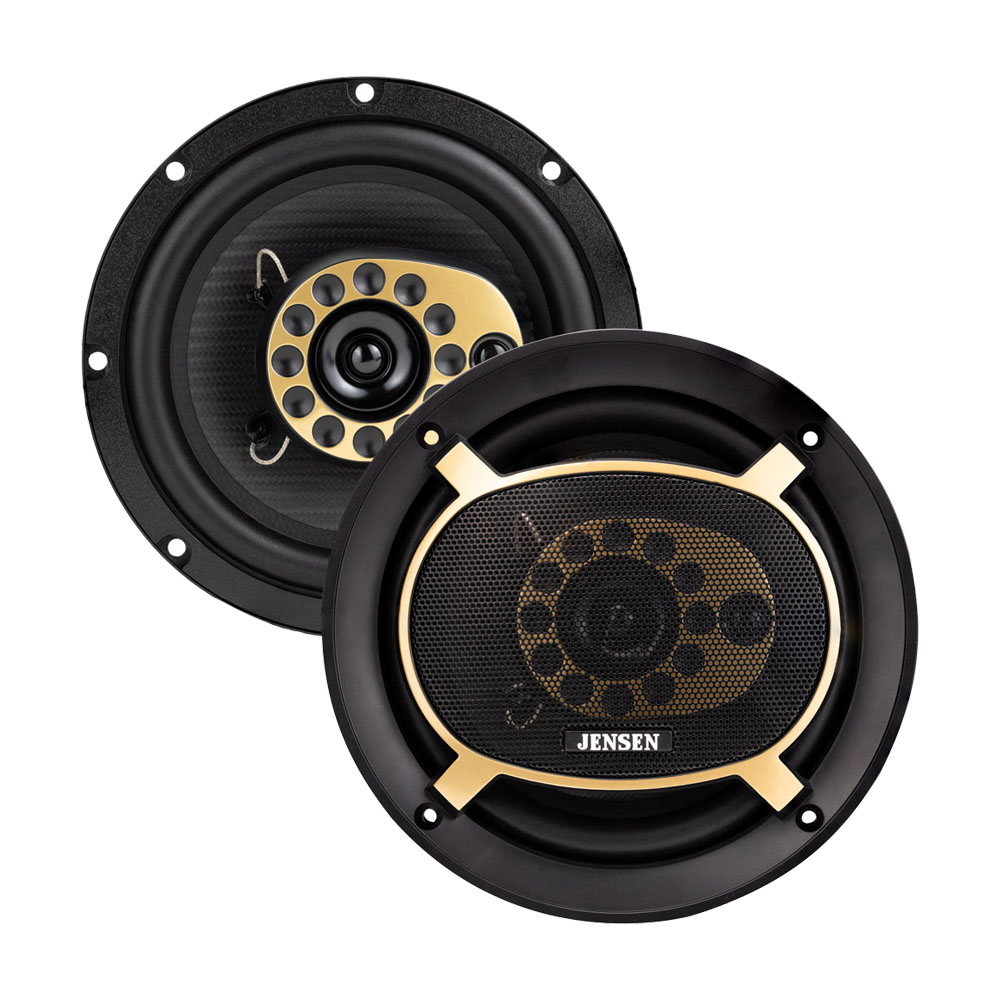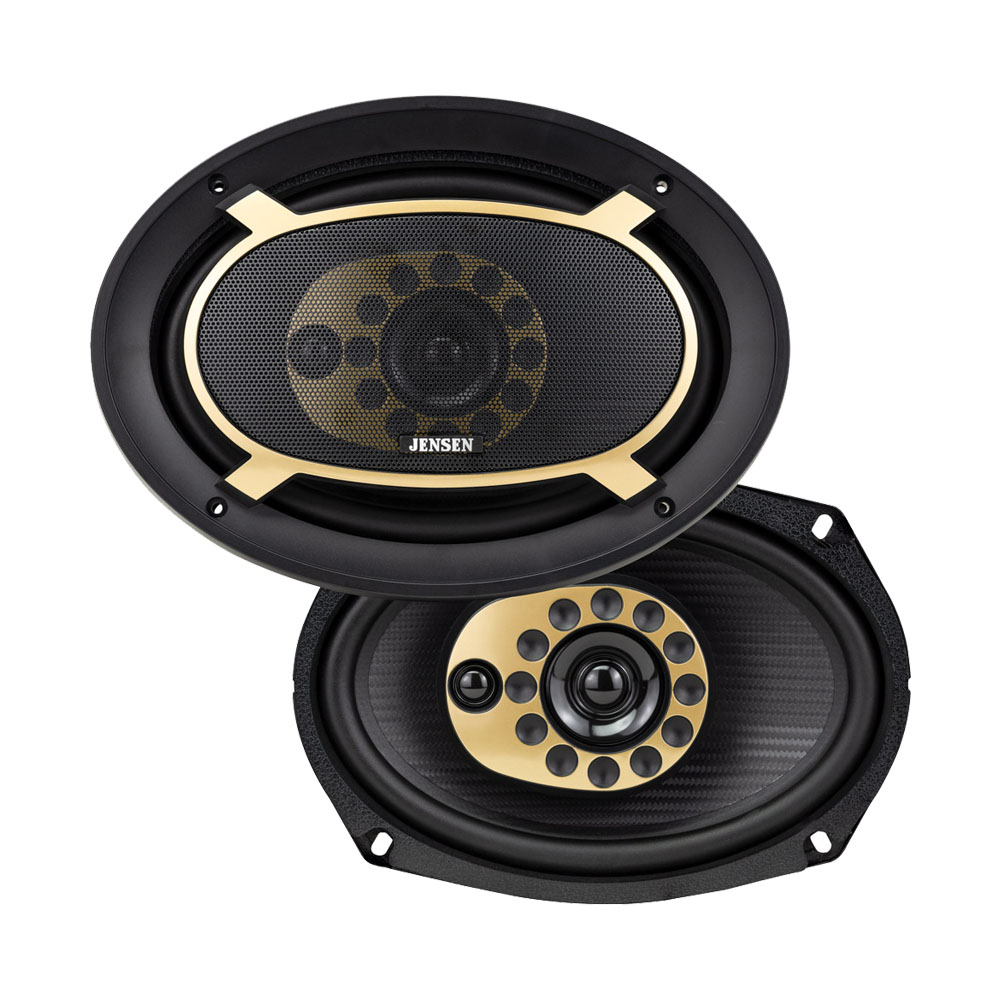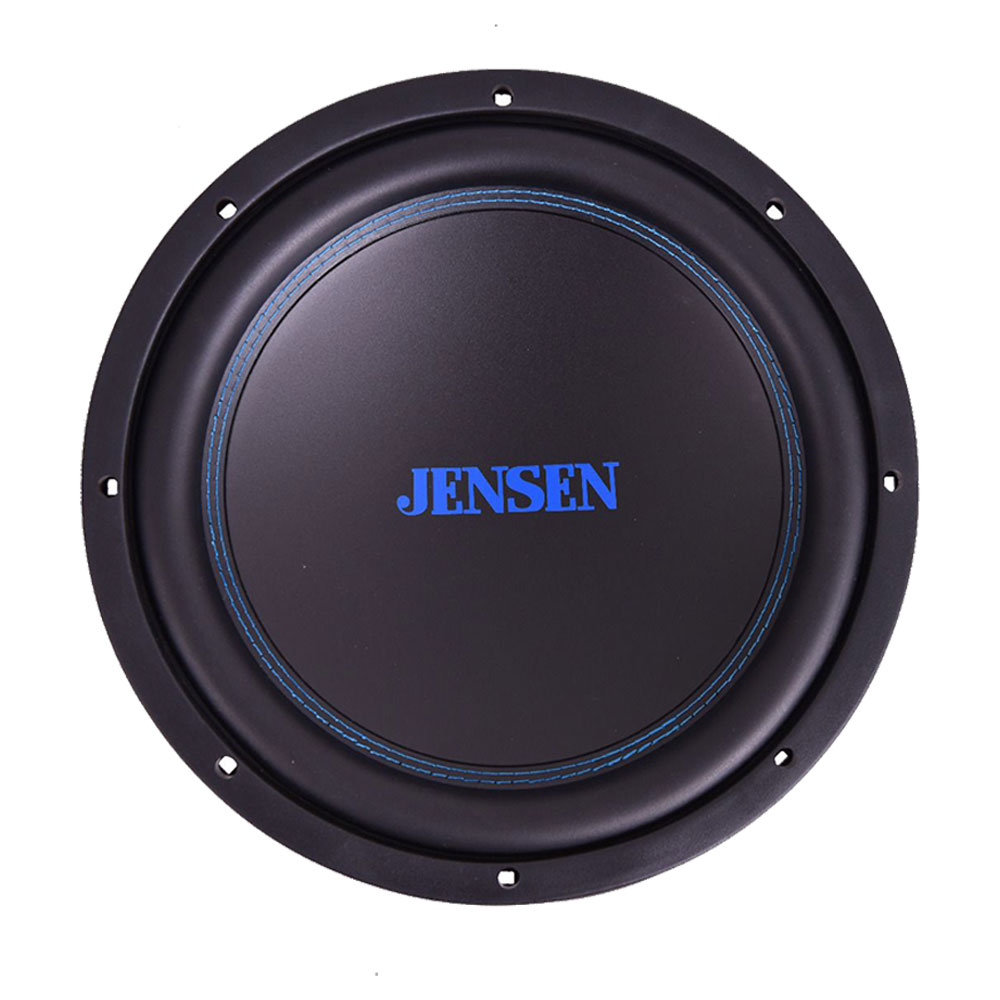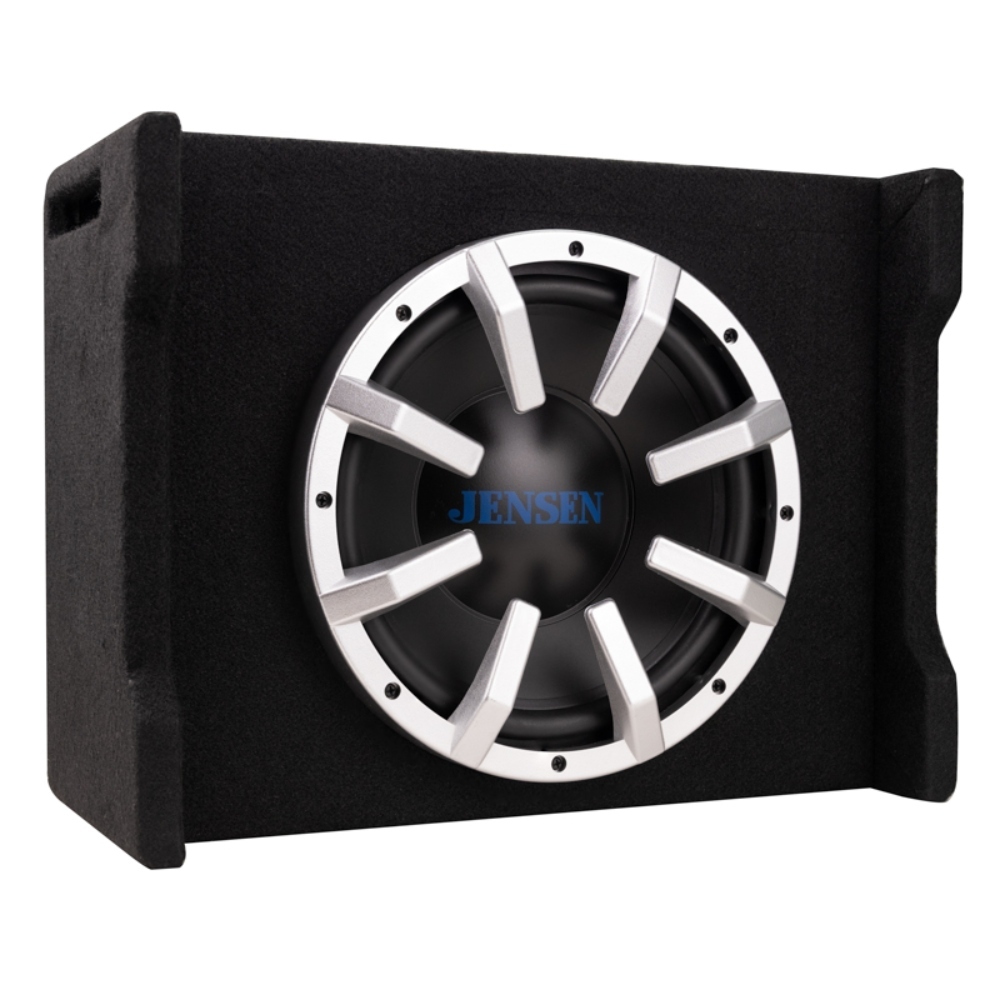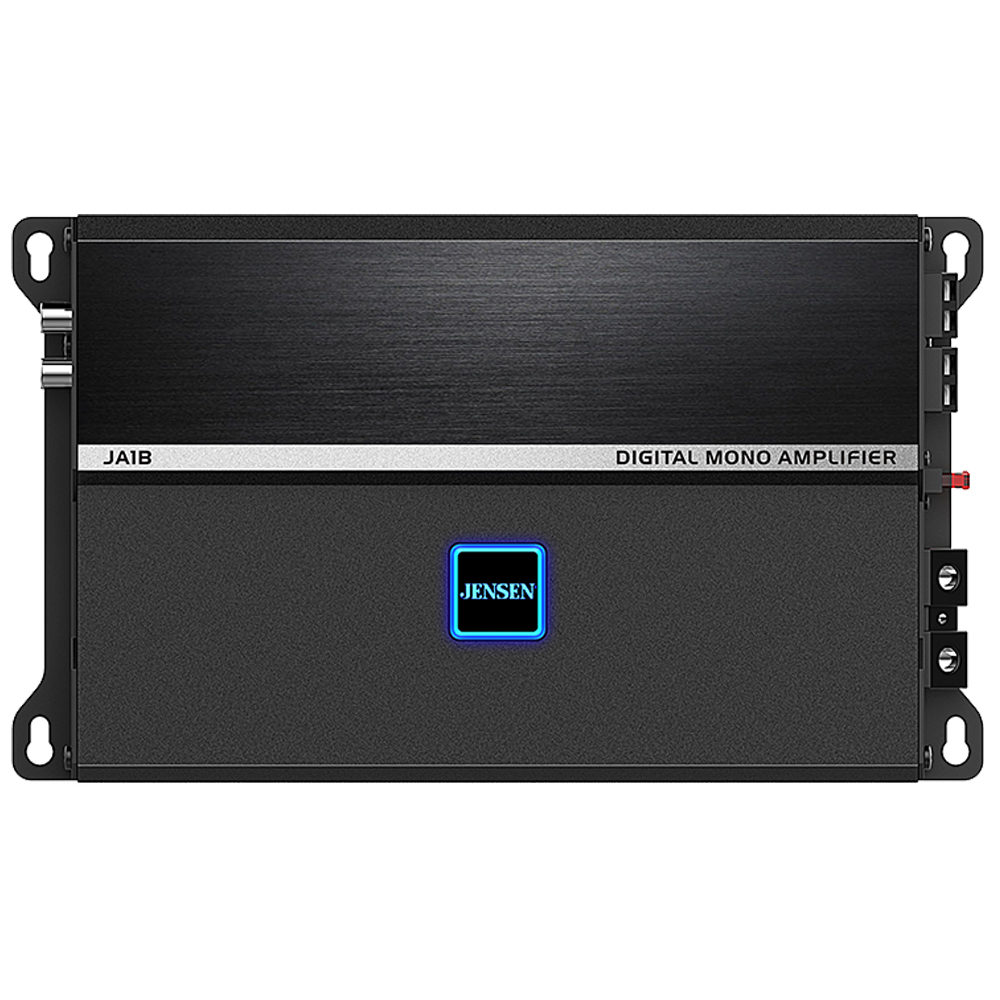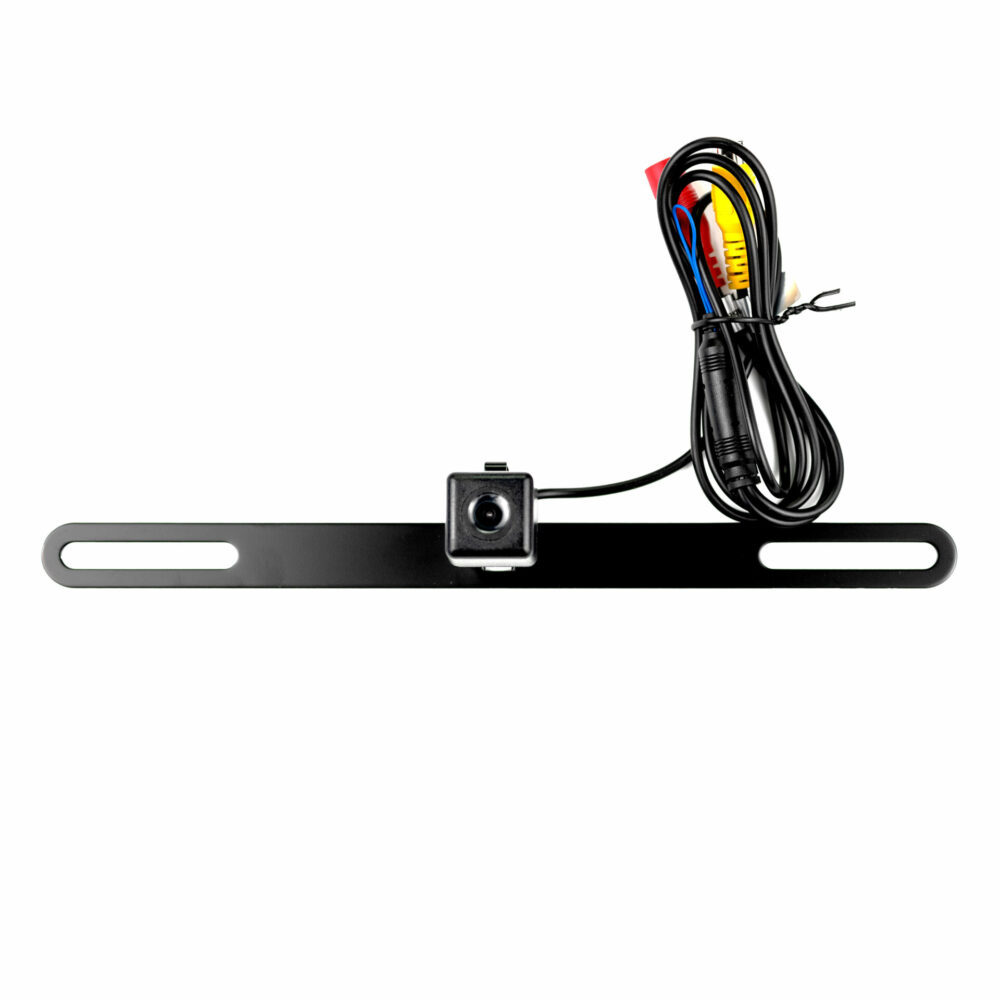Car
Beginner’s Guide to Car Speaker Specifications
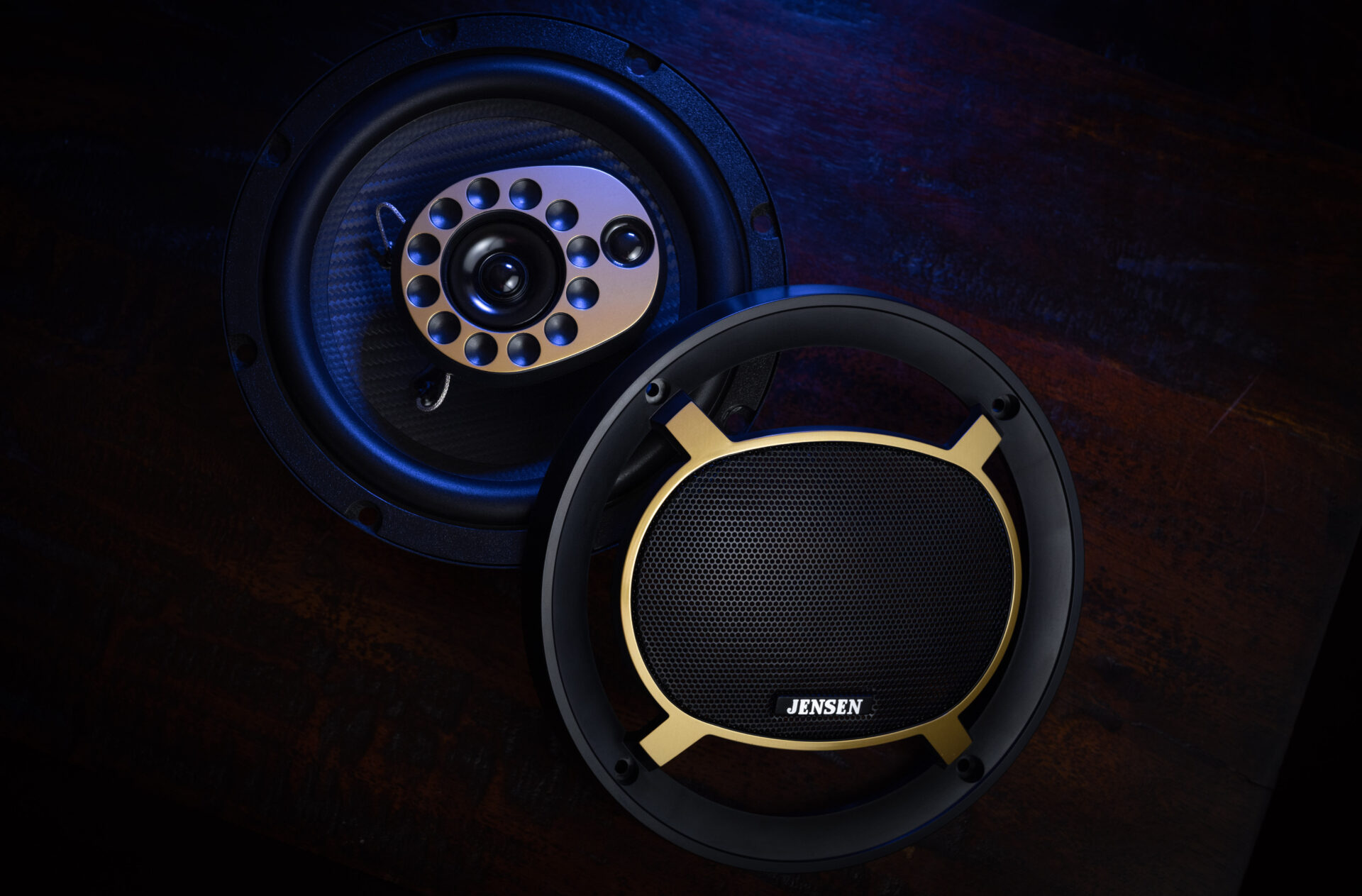
Upgrading your car’s audio system can significantly improve your time on the road. However, understanding car speaker specifications can be daunting, especially for beginners. In this guide, we’ll break down the key specifications you need to know to make an informed decision.
1. Speaker Types and Sizes
Coaxial vs. Component Speakers:
- Coaxial (Full-Range) Speakers: These are the most common and include multiple speaker components in one unit – typically a woofer and a tweeter. They’re usually easier to install and are a good option for beginners.
- Component Speakers: These separate the woofer, tweeter, and sometimes a midrange driver into individual units. They offer superior sound quality but require more complex installation.
Speaker Sizes:
- Common sizes include 6.5 inches, 6×9 inches, and 5.25 inches. The size you need depends on your car’s make and model. Always check your vehicle’s specifications before purchasing.
2. Power Handling
RMS Power:
- RMS (Root Mean Square) power refers to the continuous power a speaker can handle without distortion. It’s a crucial spec because it indicates the speaker’s durability and performance. For instance, a speaker with 50 watts RMS will consistently handle 50 watts of power.
Peak Power:
- This refers to the maximum power a speaker can handle in short bursts. While it’s less important than RMS power, it can give you an idea of the speaker’s limits. A speaker with 150 watts peak power can handle occasional peaks up to that level. You can learn more about RMS vs. peak power here.
3. Sensitivity
Sensitivity Rating:
- Sensitivity measures how efficiently a speaker converts power into sound. It’s expressed in decibels (dB). A higher sensitivity rating (e.g., 90 dB or higher) means the speaker requires less power to produce the same volume compared to a speaker with a lower sensitivity rating. This is particularly important if you’re using a factory stereo or a lower-powered amplifier.
4. Frequency Response
Frequency Range:
- This spec tells you the range of frequencies a speaker can reproduce, measured in Hertz (Hz). A typical car speaker might have a range of 20 Hz to 20,000 Hz. The lower the first number, the better the speaker can reproduce bass; the higher the second number, the better it can handle treble. However, real-world performance can vary, so it’s best to listen to speakers before buying if possible.
5. Impedance
Impedance Rating:
- Measured in ohms (Ω), impedance refers to the resistance a speaker offers to the current supplied by the amplifier. Most car speakers have an impedance of 4 ohms. Matching the speaker’s impedance with your amplifier’s output is crucial for optimal performance and to prevent damage to either component.
6. Build Quality and Materials
Materials:
The materials used in a speaker’s construction affect its durability and sound quality. For example:
- Woofers: Typically made from polypropylene, paper, or woven fabric. Polypropylene is durable and provides good bass response.
- Tweeters: Often made from soft materials like silk or synthetic films for smooth sound, or harder materials like metal for bright, crisp highs.
- Surrounds: The material surrounding the woofer cone is usually made from rubber or foam. Rubber is more durable and provides better overall sound.
7. Additional Features
Crossovers:
- Component speakers often include crossovers, which divide the audio signal into separate frequency ranges for the woofer and tweeter. This results in clearer and more precise sound.
Mounting Options:
- Check if the speakers come with versatile mounting options that fit your car. Some speakers offer flexible mounting brackets and adapters to ease the installation process.
Understanding car speaker specifications is essential for choosing the right speakers for your vehicle. By considering factors like speaker type, power handling, sensitivity, frequency response, impedance, build quality, and additional features, you can make an informed decision and enjoy a significantly improved audio experience in your car. Happy listening!

